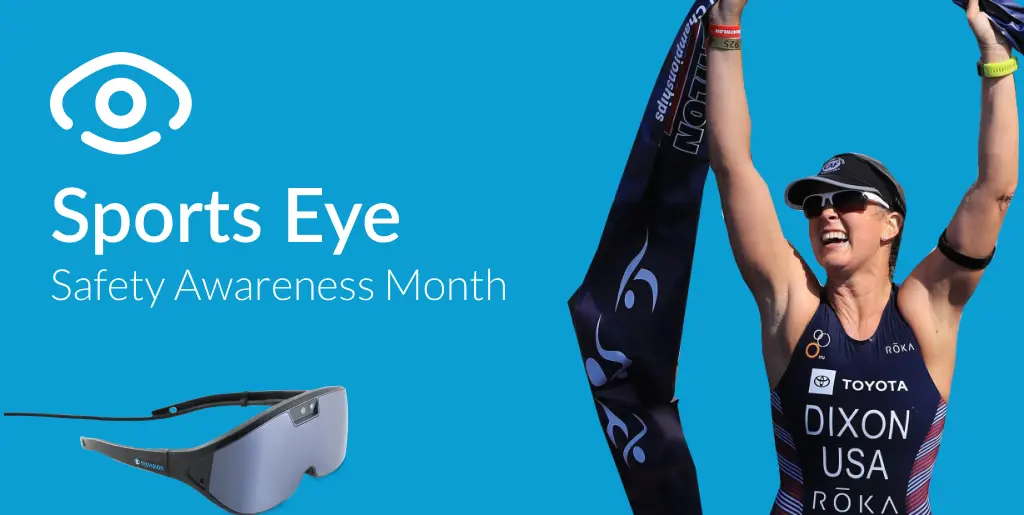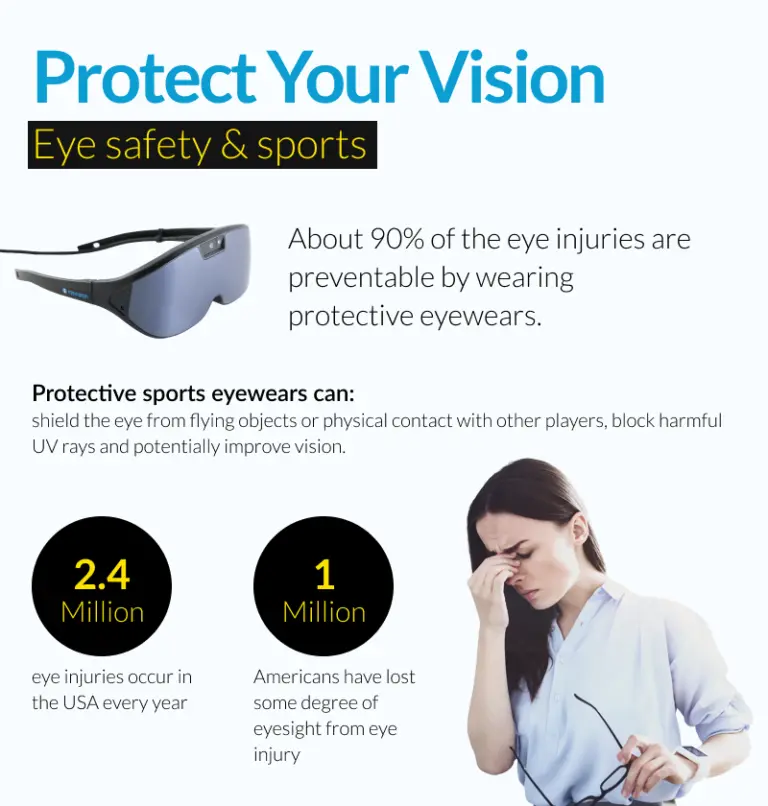Assistive technology helps improve the functional capability of an individual with visual disabilities. These devices help maintain, increase, or improve the vision and are considered a subset of low vision aids. Assistive technology low vision aids are not just specific to optical aids.
It also includes eBooks, screen magnification programs, screen reading, listening devices, and advanced head-mounted eyewear.
But what’s important during sports? Both visual acuity and motion stability.
All-in-one assistive technology helps improve all aspects of life where vision is involved. It can be used as a reader and help with mobility. Consider IrisVision, an FDA-approved and clinically validated device that helps enhance vision up to 6/6 or 20/20. IrisVision helps regain visual function that enables an individual to participate in activities of daily living, be it sports or mundane tasks, however they want.
Amy Dixon, a Paralympic triathlete, lives by a simple motto: No Sight, No Limits.







